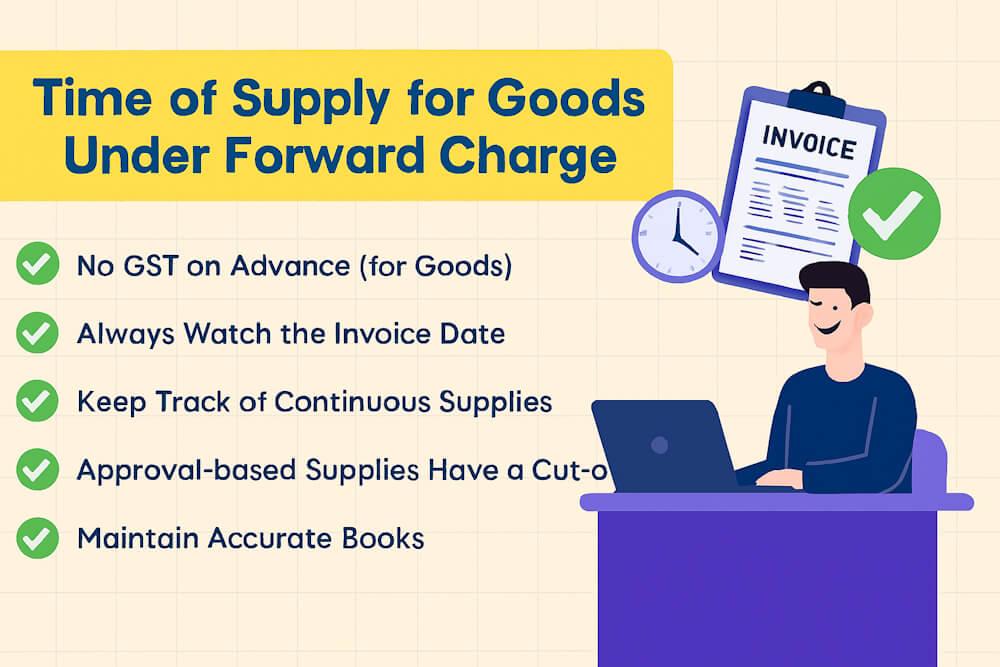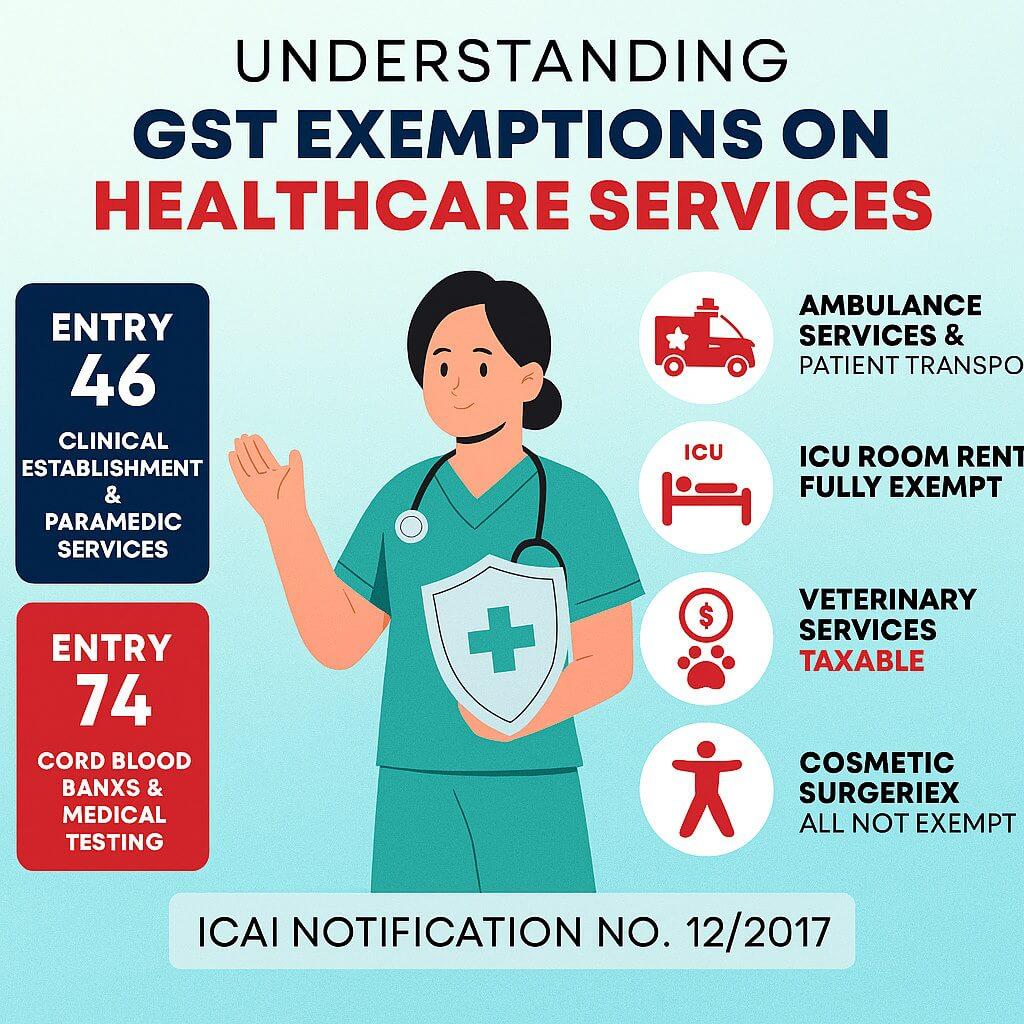Elevator Etiquette
- Only take the elevator if you're going at least two flights up or three flights down. Otherwise, take the stairs.
- While waiting, stand away from the doors. Someone may be exiting, and you should always let them out before trying to get in.
- Wait on either side of the elevator, not in front of it.
- Hold the door if you see someone rushing to catch it.
While riding the elevator:
- Speak only when necessary.
- Allow others their personal space.
- Face the door.
- Keep your belongings next to your feet.
- Avoid talking on the phone.
Waiting Room Etiquette
- Don’t be rude to the receptionist.
- Announce your arrival politely and clearly.
- Be on time.
- Keep your phone on silent or vibrate mode.
- If you must take an urgent call, let them know you’ll call back soon or just leave a message.
- Don’t pretend to be overly busy or distracted.
- Don’t be clumsy or careless.
- Don’t litter.
- Avoid complaining loudly.
- Remember, the receptionist is not your buddy.
- Maintain a professional demeanor.
- There’s no room for informal behavior here.
- Keep the decorum intact.
Workplace Dos
- Be punctual — always.
- Get familiar with the workplace, people, and policies.
- The first person at the door should always hold it open for the next.
Workplace Don’ts
- Don’t chew gum.
- Don’t spread gossip.
- Don’t raise your voice.
- And importantly, don’t save your best behavior for special occasions. Make it an everyday habit.
Meeting Etiquette
Meeting etiquette is all about the right behavior when you're attending a meeting. How you present yourself during a meeting really sticks — with your manager, team, and even clients. It can shape how you’re perceived, so best not to start off on the wrong foot.
First Impressions Count
- Stand up when greeting someone.
- Make eye contact.
- Exchange pleasantries.
- Accept the established seating order — and if you’re not sure, just ask.
Handshakes Matter
- A good handshake should last 2–5 seconds.
- Avoid the dreaded ‘limp fish’ handshake.
- Don’t pump their hand more than three times.
- Don’t overdo it.
- Always respect age and authority.
Common Handshake Mistakes:
- Limp handshake
- Sweaty palms
- Grip that’s too tight or too loose
- Queen-style handshake (palm up)
- Not offering a straightforward, firm handshake
- Double handshake (using both hands unnecessarily)
Handshakes are gender-neutral — but respect rank.
Self-Introductions
- Start with a simple “Hello” or “Good (morning/afternoon/etc.)”
- Say your full name.
- Add a little credibility (like your designation or purpose).
- Follow it up with a pleasant remark.
Introducing Others
Always introduce the senior person first.
Who gets introduced to whom?
| First Person | Second Person |
| A client | Anyone from your company, including CEO |
| Your boss/senior | A person of lower rank |
| Your friend | Another family member |
| An adult | A child |
| A woman | A man |
| Guest of honor | Other attendees |
Key Tips While Introducing People
- Make eye contact.
- Speak clearly.
- State names and add a little trivia, if appropriate.
- Use the names and titles people prefer.
- Stand up when introducing or being introduced.
- Pay attention and respond with grace.
- Use the person’s name again after you’re introduced.
- Be polite if you need to correct someone.
- Allow others to introduce themselves, too.
Business Card Etiquette
When giving a business card:
- Make sure it’s clean and crisp.
- Use a card holder.
- Offer it with both hands, so it’s readable to the receiver.
- Don’t give out worn or damaged cards.
- Don’t hand out more than one card, unless asked.
When receiving a business card:
- It’s completely okay to ask for one.
- Let a senior or authority figure initiate the exchange.
- Receive it with both hands.
- Look at it for a few seconds — it shows respect and interest.
Meeting Etiquette – Do’s
- Always be on time.
- Remember people’s names.
- Be prepared with handouts or your presentation.
- Keep your phone on silent.
- Face the person you’re speaking with.
- Speak clearly and concisely.
- Stay relevant and brief.
- Let senior people speak first.
- Listen with attention.
- Show genuine interest.
- Stay calm, even in tense moments.
- Having water, tea, or coffee is okay — but avoid eating, unless it’s a working lunch.
- Stay for the entire meeting.
Meeting Etiquette – Don’ts
- Don’t pull out a chair for a colleague — it may seem out of place in formal settings.
- No cross-talking or whispering.
- Don’t be too loud or disruptive.
- Don’t create chaos by overreacting.
- Avoid using your phone.
- And finally, leave the meeting room tidy. Sure, it’ll be cleaned later — but good manners go a long way.
The Bottom Line
Whether it’s in a meeting, elevator, waiting room, or your office space, everything boils down to a few simple things: Good manners, courtesy, and consideration. Stick to these, and you’ll avoid most awkward moments and misunderstandings — both professionally and socially.
Check Out Related Reads:





